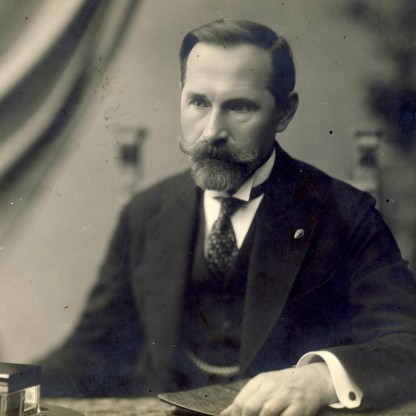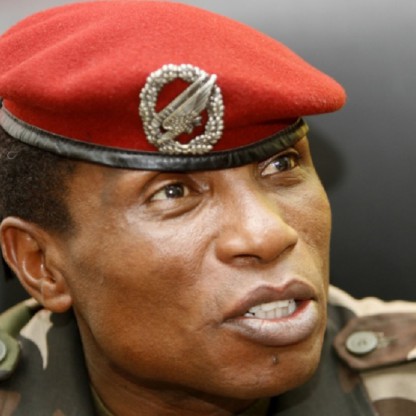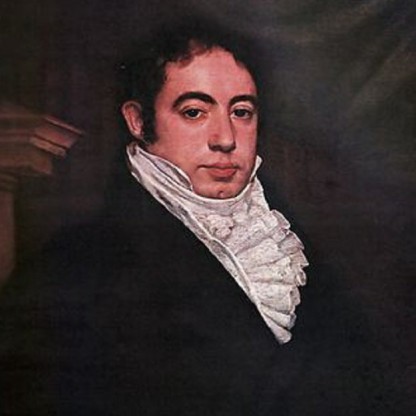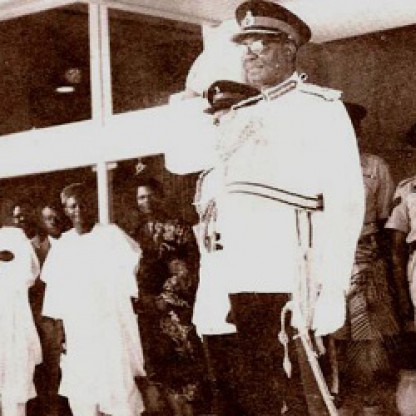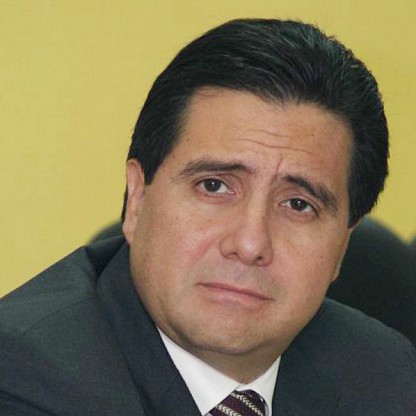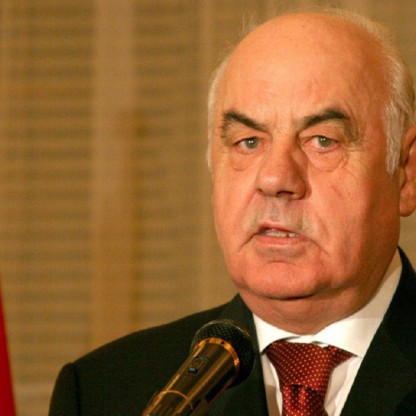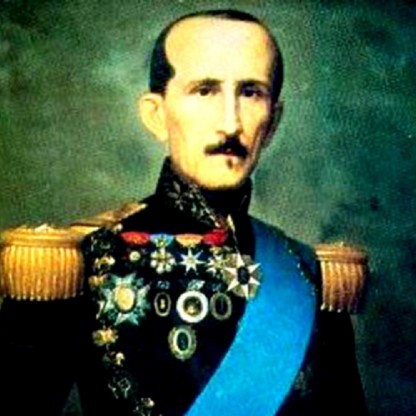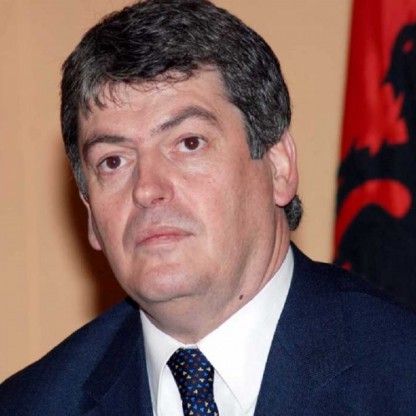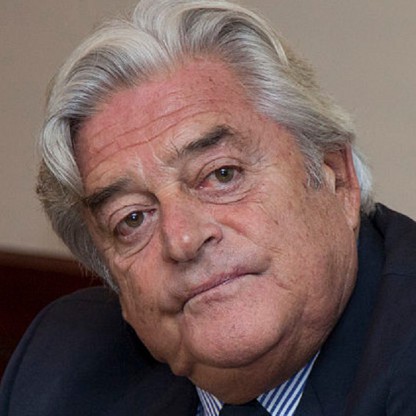Odebrecht is a Brazilian conglomerate that like Pemex also operates in the field of petroleum. Back in 2010-2012, Emilio Lozoya Austin was part of the PRI's team supporting EPN during his presidential campaign. After EPN won the elections, Lozoya was promoted to Director of Pemex, a role he served for most of EPN's presidency. In 2017, Brazilian news paper O Globo claimed that Odebrecht helped Finance EPN's presidential campaign, by giving $10 million to Emilio Lozoya as a bribe during times close to the 2012 elections. Soon after EPN won the elections in 2012, Lozoya was placed as Director of Pemex, and Odebrecht "won" huge contracts from Pemex and the Mexican government. The surfacing of the news involving the controversy surfaced in 2017, further revealing Lozoya bought a $38 million house with a single payment before even being declared Director of Pemex, affording such house did not fit with his salary at the time. In October 2017, it was confirmed by the presidency that in fact EPN himself, also met with Odebrecht 4 times during his presidential campaign. Thus directly tying EPN into the scandal, albeit EPN claimed not to receive bribes, EPN lacks credibility among Mexican people. A document from Brazil reported Lozoya received $5 million in November, 2014. Santiago Nieto, the man in charge of the FEPADE (an office in charge of investigations against electoral crimes), was controversially fired, soon after the Odebretch scandal started. Santiago was said to be receiving too much pressure from EPN and Lozoya to stop the investigation. The firing was criticized by ex-president Felipe Calderon's wife and independent 2018 presidential candidate Margarita Zavala. President EPN said Santiago's restitution fate was on the Mexican Senate. The organization Borde Politico, had published weeks before that 116 out of the 128 Mexican senators were incompetent.
